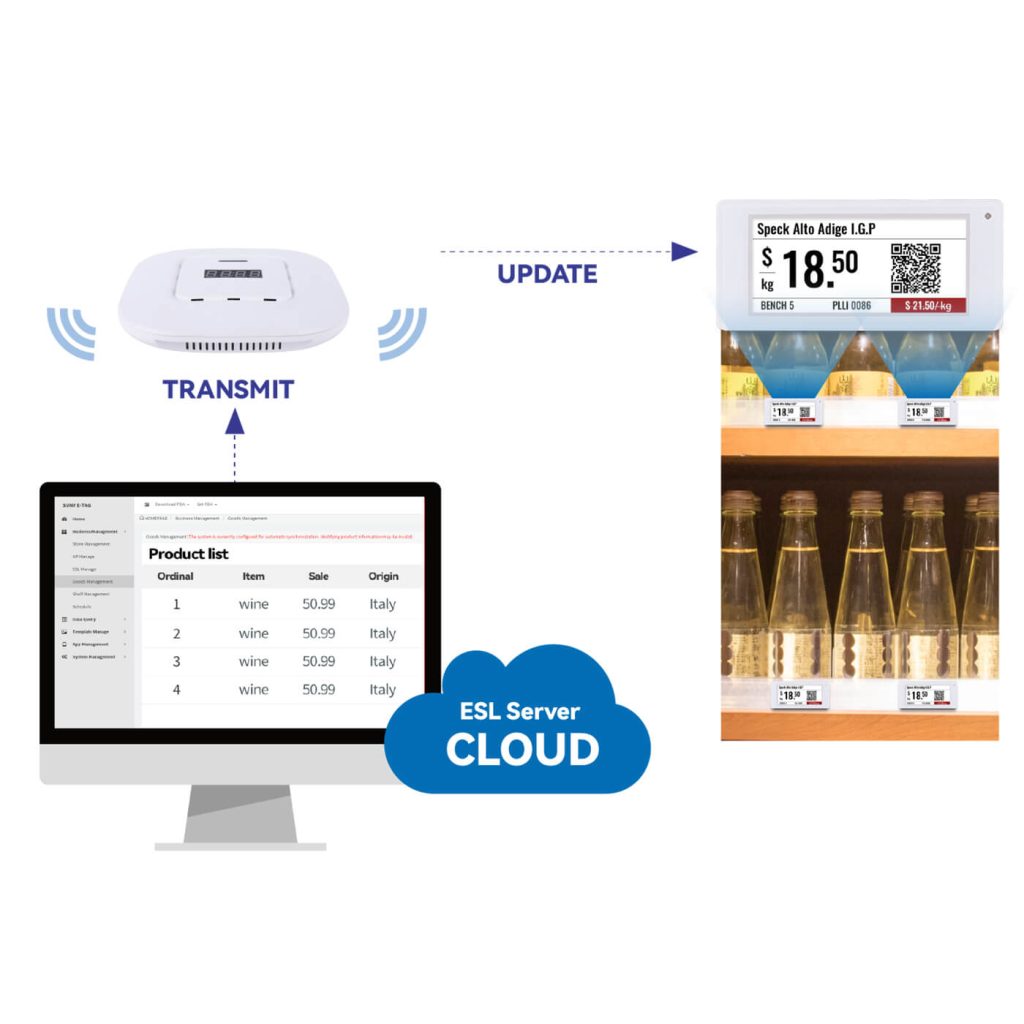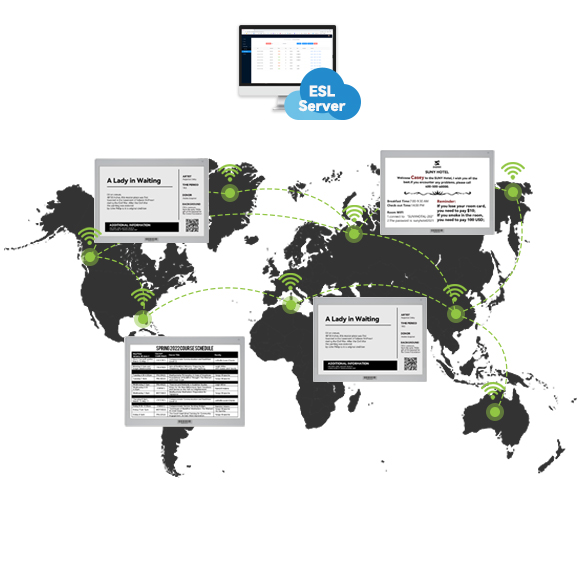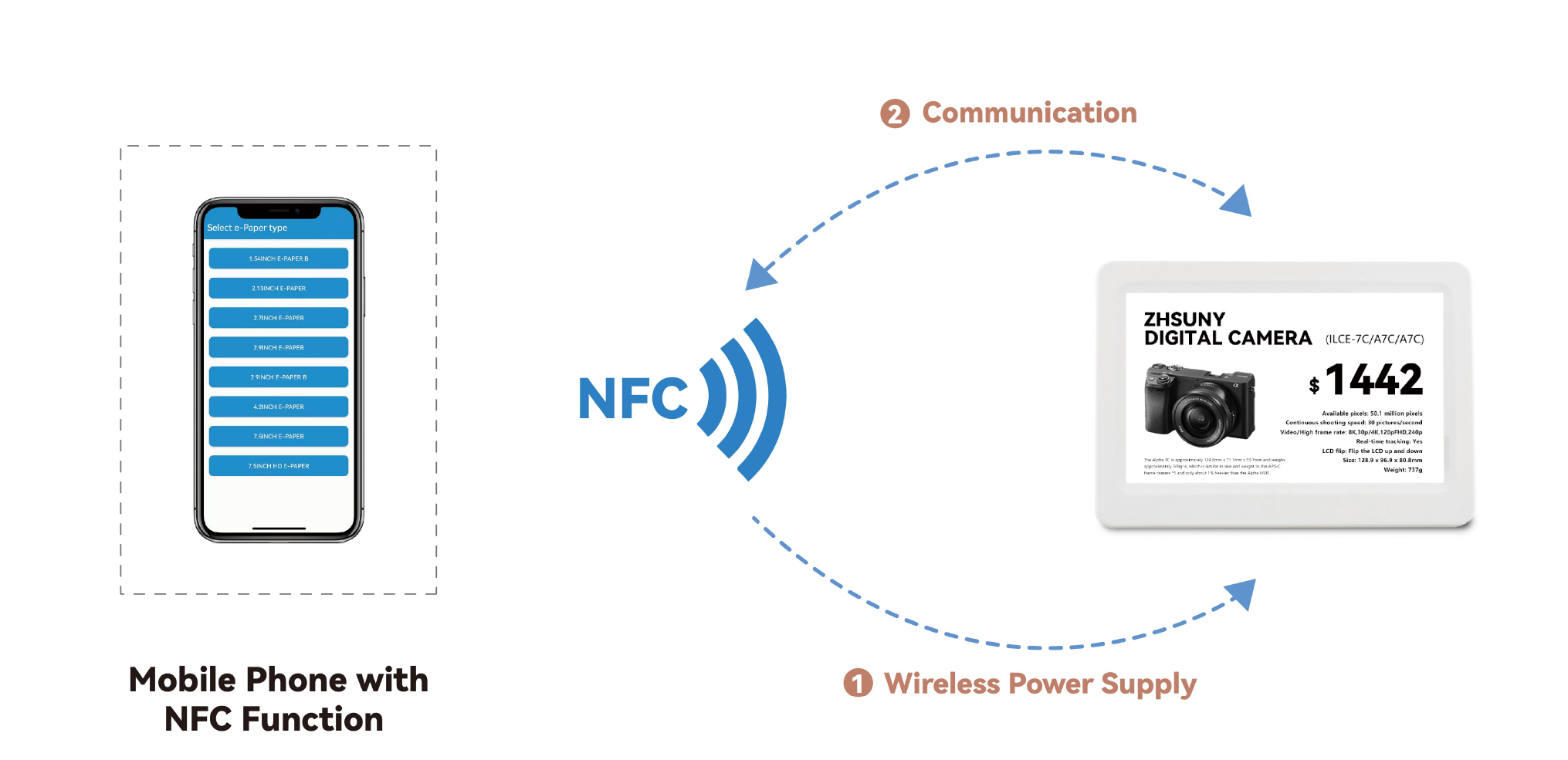In the dynamic world of retail, staying ahead with the latest technology is crucial for improving efficiency and customer satisfaction. One such innovation is the 2.4GHz Electronic Shelf Label (2.4GHz ESL). These digital price tags are revolutionizing how retailers manage pricing and product information. In this blog, we’ll delve into the working principles of 2.4GHz ESL and understand their impact on the retail industry.
What is a 2.4GHz Electronic Shelf Label?
A 2.4GHz Electronic Shelf Label (2.4GHz ESL) is a digital price tag that uses the 2.4GHz radio frequency band to update and display product information on retail shelves. Unlike traditional paper labels, 2.4GHz ESLs offer dynamic and real-time updates, enhancing operational efficiency and customer experience.
Key Components of 2.4GHz ESL
- Digital Display:
The display of a 2.4GHz ESL typically uses e-ink technology, which is known for its low power consumption and excellent readability. E-ink displays can show various types of information, including prices, product names, barcodes, and promotional messages. - 2.4GHz RF Module:
The 2.4GHz RF module is the core component that enables wireless communication. It allows the ESL to receive updates from a central management system via the 2.4GHz radio frequency band. This frequency is commonly used due to its balance between range and data throughput. - Central Management System:
This system, often cloud-based, manages all the ESLs within a store. It sends updates and commands to the ESLs via 2.4GHz gateways. The central system can be integrated with the store’s inventory and pricing management software to ensure seamless operations. - Battery:
2.4GHz ESLs are powered by small batteries. Thanks to the low power consumption of e-ink displays and efficient RF communication, these batteries can last several years.
How Does 2.4GHz ESL Work?
- Data Preparation:
The central management system compiles the necessary data, including pricing, product details, and promotional information, that needs to be displayed on the ESLs. - Data Transmission:
The prepared data is transmitted wirelessly from the central management system to 2.4GHz gateways placed strategically around the store. These gateways act as intermediaries, relaying the data to the ESLs. - 2.4GHz Communication:
Each ESL has a unique identifier, allowing the system to send specific updates to individual labels. The 2.4GHz RF module in the ESL receives the data and processes it. - Display Update:
Once the data is received, the ESL updates its e-ink display to show the new information. This process is quick and efficient, ensuring that the information on the shelves is always up-to-date.
Advantages of 2.4GHz ESL
- Real-time Updates: Prices and product information can be updated instantly, eliminating the need for manual label changes.
- Remote Management: Labels can be managed and updated remotely, providing flexibility and reducing the need for in-store labor.
- Accuracy: Reduces human error in pricing and ensures consistency across all labels.
- Cost-effective: Although the initial investment is higher, the long-term savings on labor and paper labels are significant.
- Enhanced Customer Experience: Provides clear and accurate information, improving the shopping experience.
Conclusion
2.4GHz Electronic Shelf Labels (2.4GHz ESL) represent a significant advancement in retail technology. By leveraging the 2.4GHz radio frequency band and e-ink displays, these labels offer a reliable, efficient, and cost-effective solution for modern retail environments. As technology continues to evolve, we can expect even more innovative applications of 2.4GHz ESL in various industries.


